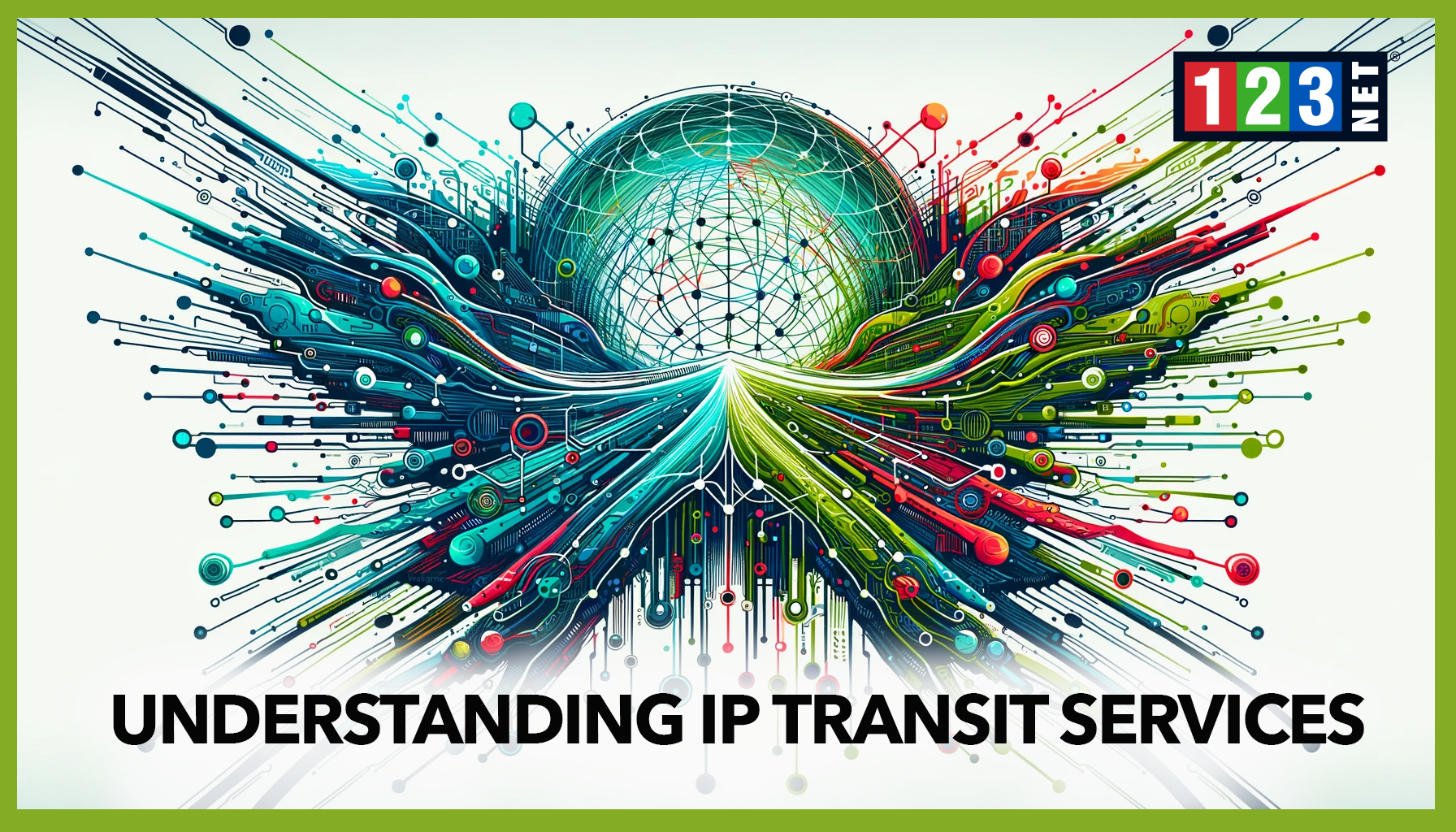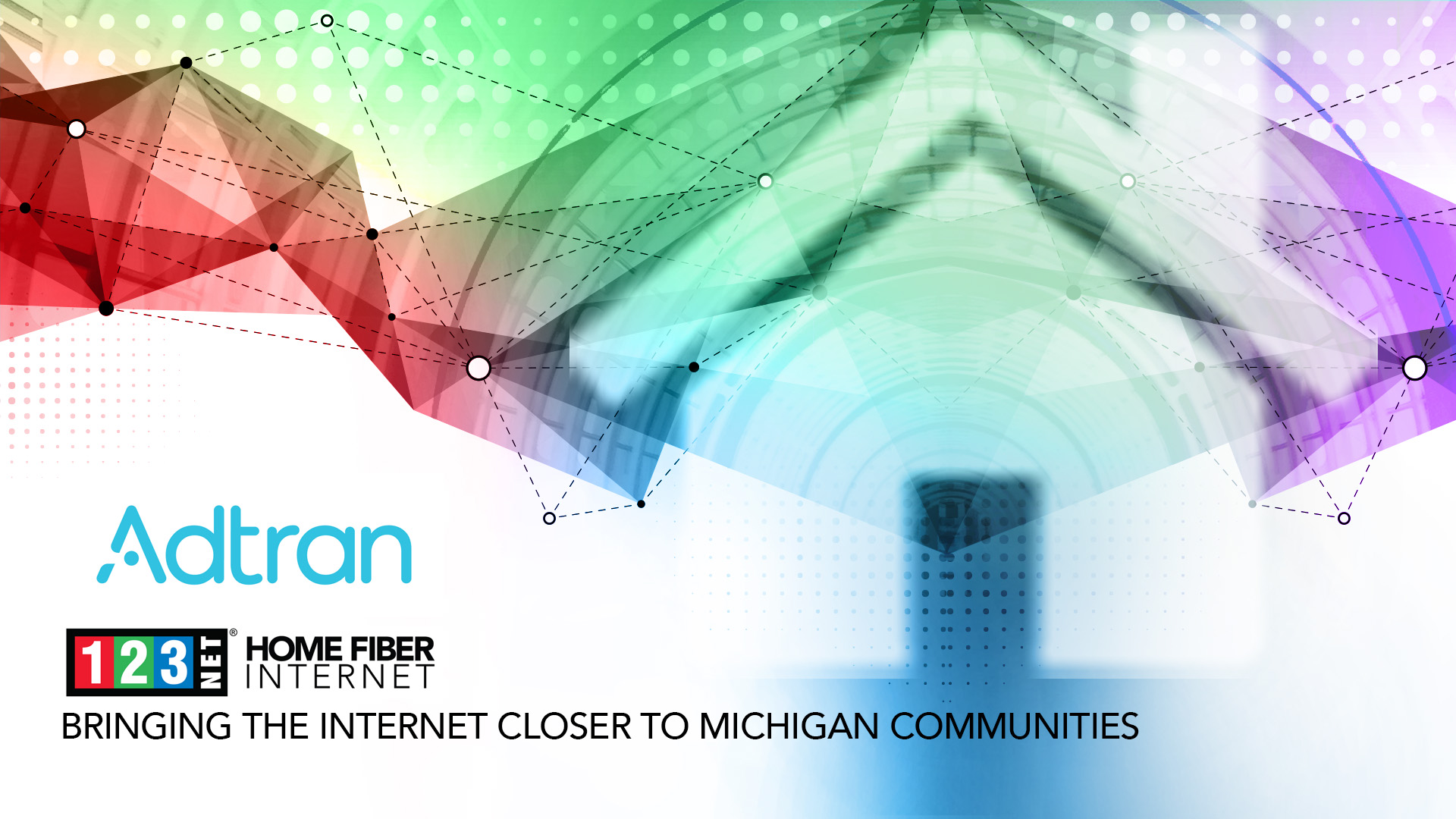
Introduction
In the complex landscape of internet infrastructure, Internet Exchange Points (IXPs) are crucial. Serving as key hubs, IXPs allow multiple networks to converge and exchange traffic. This is significantly bolstering the efficiency and resilience of today’s internet. This article explores the essence of IXPs, underscoring their critical role in modern internet architecture. We will discuss various aspects including their functions, operational mechanics, and the significant benefits they provide. Additionally, the challenges IXPs face and their evolving role in the future of internet connectivity will be examined. By understanding IXPs, readers will gain insights into how these vital structures support the seamless and cost-effective flow of information across the globe. It is ensuring faster and more reliable internet access. This exploration will cover the operational intricacies of IXPs, highlight their benefits like enhanced network efficiency and reduced latency. It will address the technical and regulatory challenges they encounter, and forecast their future developments in the evolving digital landscape.
The Role and Functions of IXPs
Internet Exchange Points (IXPs) are vital components of the global internet infrastructure, playing a pivotal role in enhancing internet connectivity and minimizing the costs and latency associated with data travel. These specialized infrastructures allow internet service providers, content delivery networks, and large-scale web companies to exchange traffic directly, rather than routing it through intermediary networks. This direct exchange method not only reduces the distance data must travel but also decreases the dependence on third-party networks, which can significantly cut costs and improve speed.
Internet’s Backbone
The functions of IXPs extend beyond simple data traffic exchanges. They are integral to maintaining the health and sustainability of the internet’s backbone. By localizing traffic, IXPs reduce the burden on international carrier networks and backbone providers. This will in turn reduces the overall cost of network infrastructure. Furthermore, IXPs increase redundancy and improve network resilience by providing alternative data paths in the event of failures or congestion in other parts of the internet.
Enhances Internet Service Quality
The strategic importance of IXPs is highlighted not only in their ability to boost speed and reduce costs but also in their role in enhancing the overall quality of internet services. Networks connected through IXPs can bypass congested, potentially slower routes that would otherwise be used if direct peering arrangements were not available. This is especially beneficial for content-heavy applications like video streaming and high-speed gaming, where delays, known as latency, can degrade the user experience.
Competition
Moreover, the presence of multiple IXPs within a region often stimulates competition among broadband providers. This is leading to further enhancements in service quality and cost reductions for consumers. For example, in regions with robust IXP infrastructure, ISPs are able to offer more competitive pricing structures and higher-speed options. It is benefiting both residential and business customers.
These IXPs not only serve as critical hubs for data exchange but also as catalysts for technological advancements and competition within the internet services market. Their ongoing development and expansion will continue to play a crucial role in shaping the future of internet connectivity worldwide.
How IXPs Work
This section delves into the technical intricacies of how Internet Exchange Points (IXPs) function. The cornerstone of IXP operation is data peering, a process that facilitates the direct exchange of traffic between different networks without the need for intermediary networks. This mechanism significantly streamlines the path that data takes from its source to its destination. It is thereby enhancing internet speed and reducing latency.
Data Routing Systems
The technical operations at an IXP revolve around sophisticated data routing systems and protocols that govern how data is exchanged. At the heart of these systems is the Border Gateway Protocol (BGP), which is used to manage the routing of data through the most efficient paths. BGP allows each participating network to announce the IP address ranges (or prefixes) that it will accept to the IXP, enabling other networks to send data directly to these ranges through the IXP’s infrastructure.
Routes and Switches
An IXP typically operates within a physical infrastructure, which includes a series of routers and switches configured to facilitate this peering efficiently. These devices are often housed in secure data centers and are equipped with high-capacity links to handle large volumes of data traffic. The arrangement ensures that the exchange of data between peering networks is as efficient as possible, minimizing the hop count and delay.
Efficiency
Furthermore, IXPs enhance data exchange efficiency by implementing advanced routing policies and features like route filtering and traffic engineering. These practices help manage the data loads and prioritize traffic, ensuring stable and reliable data transmission across the networks.
Redundancy and Resilience
Peering at IXPs does not only enhance performance but also increases the redundancy and resilience of the internet. IXPs reduce the risk of outages caused by failures in any single network pathway. This redundancy is critical for maintaining uninterrupted internet service and ensuring that users have consistent and fast access to online resources.
In essence, the operation of IXPs embodies a complex but essential synergy of hardware, software, and strategic network management. Together it will build a robust foundation for today’s internet architecture. This foundation is critical for the seamless and efficient exchange of vast amounts of data that underpin the digital economy.
The Benefits of IXPs
Internet Exchange Points (IXPs) are instrumental in optimizing the performance of the internet. It is offering key advantages such as enhanced internet speed, greater reliability, and substantial cost savings. This section examines how IXPs lead to marked improvements in network efficiency and latency reduction. There are aspects that are vital for both end-users and network operators.
Internet Speed
IXPs improve internet speed by allowing direct data exchange between different networks. This direct routing reduces the distance data needs to travel, bypassing congested and longer paths typically taken when routed through intermediary networks. By shortening the data path, IXPs significantly decrease latency—the time it takes for data to travel from its source to its destination. This reduction is particularly crucial for real-time applications like online gaming, video conferencing, and streaming services. Even minimal delays can degrade the user experience.
Stable Connection
From a reliability standpoint, IXPs contribute to more stable connections. By facilitating multiple redundant pathways for data flow, they ensure that if one route becomes overloaded or fails, traffic can quickly reroute through another path. This flexibility significantly enhances the overall resilience of the network. It is also reducing the likelihood of downtime and ensuring continuity of service. This is critical for business operations and essential services.
Cost
Furthermore, IXPs offer considerable cost benefits. By reducing the reliance on third-party transit networks to route data, network operators can avoid costly transit fees. As well as lower their operational expenses. This cost efficiency can be passed on to consumers in the form of lower prices and more competitive service offerings. Additionally, the presence of IXPs can stimulate local economic growth by attracting businesses that thrive on high-speed, reliable internet access. It will thereby boosting the local tech ecosystem.
Overall, IXPs are a cornerstone of robust internet architecture. Their role in enhancing network efficiency, reducing latency, improving reliability, and lowering costs is indispensable. These benefits improve the user experience and support the growth and sustainability of the internet infrastructure on a global scale.
Challenges and Limitations of IXPs
Despite the numerous benefits they offer, Internet Exchange Points (IXPs) encounter several challenges that can impede their operation and growth. Technical issues, political and regulatory factors, and security concerns are among the primary obstacles they face.
Technical Challenges
One of the significant technical challenges for IXPs involves scaling their operations to keep pace with the exponential growth in data traffic. As digital content and the number of internet users continue to rise, IXPs must expand their capacity and enhance their infrastructure. It needs to handle larger volumes of data without compromising speed or reliability. This scaling requires substantial investment in state-of-the-art equipment and technology, which can be a considerable financial burden. Moreover, maintaining the existing infrastructure also poses challenges, as it requires constant upgrades and rigorous testing. This is to ensure that it meets the evolving standards and demands of modern internet usage.
Political and Regulatory Issues
Political and regulatory environments significantly impact the functioning and expansion of IXPs. Different countries have varying regulations concerning data handling, privacy, and internet governance that IXPs must comply with. These regulations can restrict how IXPs operate, where they can expand, and with whom they can share data. Political instability and changes in government policies can also lead to uncertainties and disruptions in IXP operations. It is complicating long-term planning and investment.
Security Concerns
Security is another issue for IXPs, as they are prime targets for cyber attacks and amounts of data they handle. Ensuring the security of this data requires robust cyber defense mechanisms, continuous monitoring, and quick response strategies to mitigate threats. Cybersecurity breaches can lead to significant data losses, undermine user trust, and result in hefty legal and recovery costs. The ongoing nature of these threats necessitates substantial ongoing investment in security infrastructure and expertise.
Future of IXPs
Looking to the future, Internet Exchange Points (IXPs) are poised for significant evolution. It is driven by technological advancements and shifts in the global internet landscape. This section explores potential innovations in IXP technology and management. As well as the expanding role of IXPs in international internet architecture, and trends in their growth and scalability.
As technology continues to advance, IXPs are expected to integrate more sophisticated software and automation tools that enhance their operational efficiency. Developments such as artificial intelligence (AI) and machine learning could be utilized to optimize routing protocols and traffic management, making data exchange even faster and more reliable. Furthermore, the integration of blockchain technology might offer new ways to manage peering agreements and improve transparency in data transactions.
The role of IXPs is also expanding in the international internet architecture. With the increasing push for data localization and sovereignty, countries may invest more in domestic IXPs to handle local traffic internally. This is reducing dependence on foreign data routes and enhancing national data security. This shift will likely lead to a proliferation of smaller, more localized IXPs, thereby decentralizing the architecture of the internet.
Predictions for the growth and scalability of IXPs indicate that they will not only increase in number but also in capacity. As the volume of data generated by businesses and consumers continues to grow, IXPs will scale up to meet this demand. This ensures that the backbone of the internet remains robust and capable of supporting an ever-increasing data load.

FAQs
- What is an Internet Exchange Point (IXP)? A: An Internet Exchange Point (IXP) is a vital part of the internet infrastructure where different networks, such as ISPs and CDNs, connect to exchange traffic directly. This setup helps improve the efficiency, cost, and speed of data transfer across the internet.
- How do IXPs improve internet speed? A: IXPs enhance internet speed by allowing direct data exchanges between networks, reducing the travel distance for data, avoiding congested routes, and decreasing latency. This results in faster and more reliable internet connections for users.
- What are the challenges faced by IXPs? A: IXPs encounter several challenges, including:
- Technical: Scaling operations to manage increasing data volumes and maintaining infrastructure.
- Regulatory: Navigating diverse legal frameworks that affect how they operate and expand.
- Security: Protecting the exchange points from cyber threats, which requires constant vigilance and investment in robust security measures.




